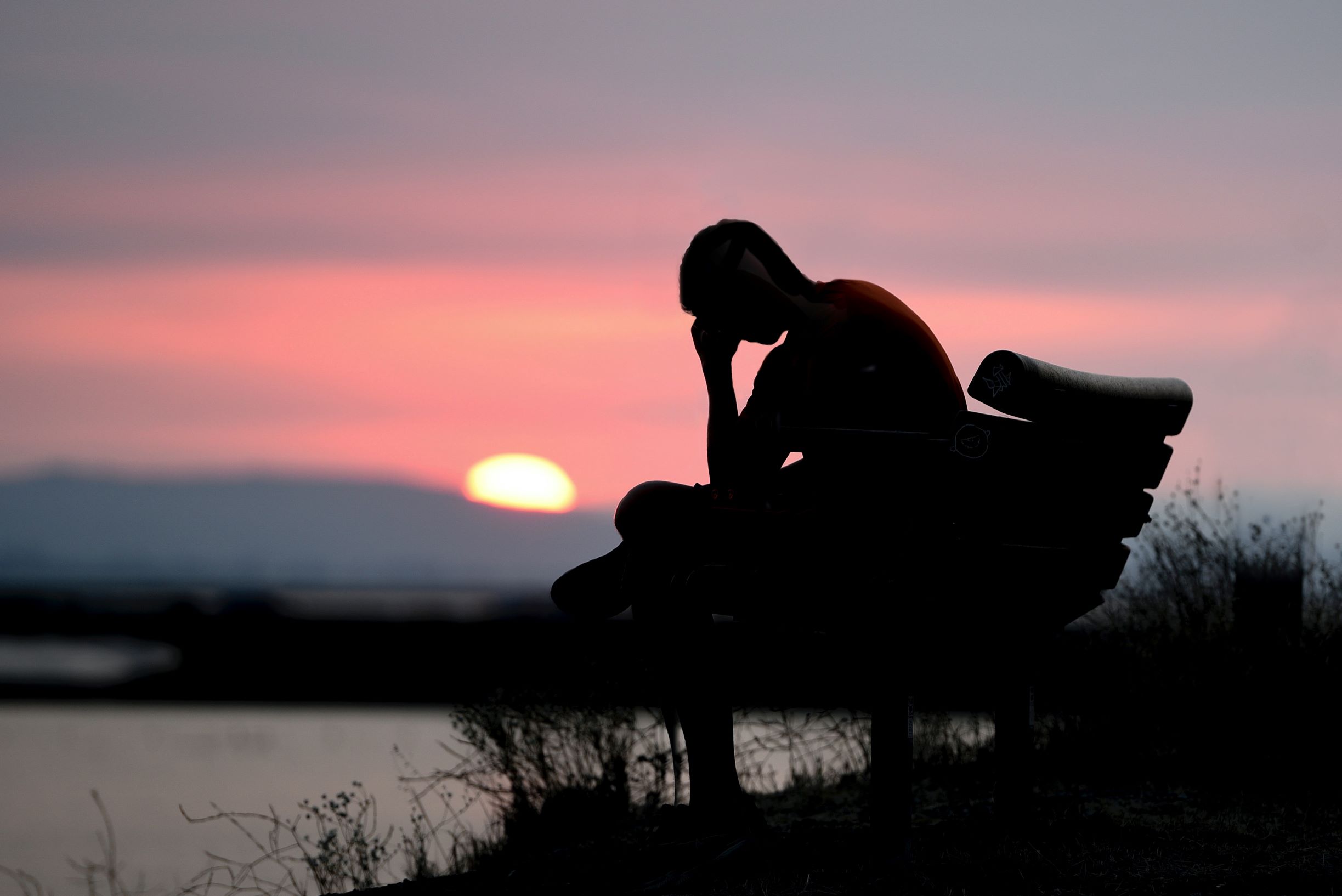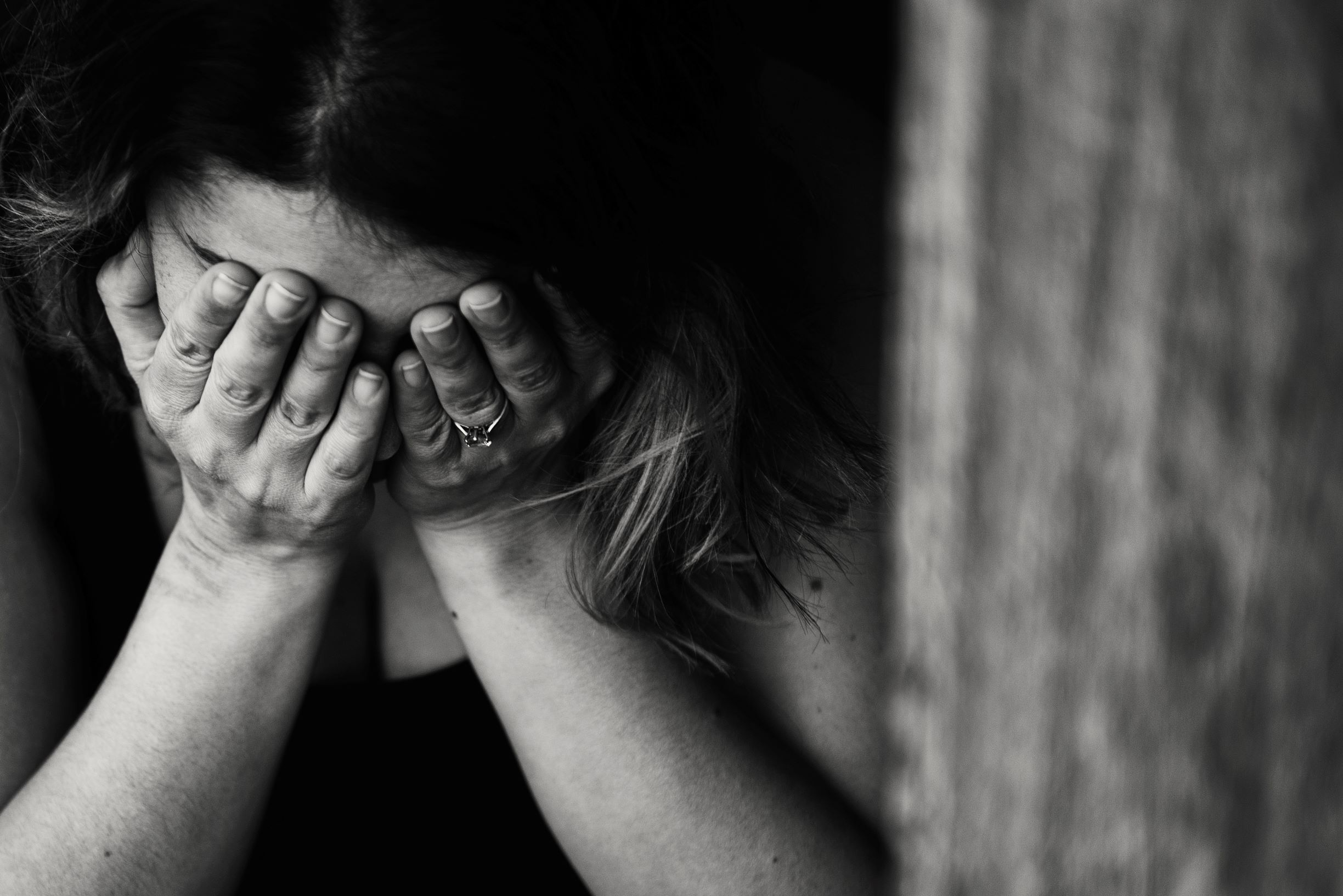What are the 8 Types of Drugs?
Opioids Categories Risks & Treatment
Most people understand that not all drugs are the same, but public conversation often blurs important distinctions. We speak of “alcohol and drugs,” even though alcohol is itself a psychoactive drug. We may also focus so heavily on opioids during today’s ongoing crisis that we overlook other substances with equally serious risks.
For patients and families navigating addiction, it’s important to understand that drugs affect the central nervous system (CNS) in very different ways. Medical experts, including the National Institute on Drug Abuse (NIDA), group psychoactive substances into eight main drug categories. They base this on active ingredients, how the body processes them, and their effects on the mind and body.
At Recovery Without Walls (RWW) in Mill Valley, CA, we specialize in helping patients safely detox and recover from all types of drugs. Our outpatient program is kind and whole-person focused. It uses decades of leading work by our medical director, Dr. Howard Kornfeld.
Below, we break down the eight recognized categories of drugs, what they are, how they affect the brain and body, and the risks of misuse.
1. Opioids
Opioids are natural, semi-synthetic, or fully synthetic drugs that act on opioid receptors in the brain. They are most often prescribed for pain relief, but they also carry a high risk of addiction and overdose.
- Examples: heroin, morphine, oxycodone (OxyContin), hydrocodone (Vicodin), fentanyl, methadone, buprenorphine.
- DEA Schedule: Most opioids are Schedule II drugs, though heroin is Schedule I and buprenorphine is Schedule III.
- Effects: Pain relief, sedation, and euphoria.
- Withdrawal symptoms: Flu-like illness with sweating, muscle pain, vomiting, diarrhea, and intense cravings.
At RWW, we are pioneers in compassionate detox methods from opioids. We use carefully watched tapering methods. When needed, we use medicines like buprenorphine or methadone to safely manage withdrawal.
2. Depressants
CNS depressants slow down nervous system activity. While medically useful for anxiety, insomnia, and seizures, they can become addictive and dangerous, especially when mixed with alcohol.
- Examples: alcohol, barbiturates, benzodiazepines (Xanax, Ativan, Valium), sleep aids like Ambien.
- DEA Schedule: Varies; many are Schedule IV.
- Effects: Sedation, reduced anxiety, impaired coordination.
- Withdrawal symptoms: Insomnia, tremors, seizures, even life-threatening complications.
Alcohol, though legal, remains one of the most misused substances worldwide, according to the National Institute of Health. Detoxing from alcohol and benzodiazepines requires expert clinical monitoring due to the risk of severe withdrawal.
3. Prescription Drugs
While most prescription medications fall into other categories, they deserve special mention. Many assume that drugs prescribed by doctors are “safe.” In reality, prescription misuse is one of the fastest-growing forms of substance use disorder, with over 12% of users being addicted, according to the National Center for Drug Abuse Statistics.
- Examples: opioids (OxyContin, Vicodin), benzodiazepines (Xanax, Ativan), stimulants (Adderall, Ritalin), antidepressants (SSRIs, ketamine).
- Risks: Dependence, misuse, dangerous drug interactions, and tolerance leading to escalating doses.
At RWW, we specialize in rational pharmacology—helping patients avoid irrational polypharmacy and guiding safe tapers from medications that may no longer serve their needs.
4. Cannabinoids
Cannabinoids are derived from the cannabis plant or made synthetically. They act on cannabinoid receptors in the brain, influencing mood, memory, and perception.
- Examples: marijuana, hashish, synthetic cannabinoids (“Spice,” “K2”), Marinol, Epidiolex.
- DEA Schedule: Marijuana remains Schedule I federally, though legalized in many states.
- Effects: Euphoria, altered perception, relaxation, anxiety or paranoia.
- Risks: Addiction risk, psychosis, memory impairment.
With widespread legalization, many underestimate risks. At RWW, we help patients address cannabis dependence when it interferes with mental health or daily life.
5. Stimulants
CNS stimulants increase alertness, energy, and focus by boosting dopamine and norepinephrine activity. They can be both prescription medications and illicit drugs.
- Examples: Adderall, Ritalin, cocaine, methamphetamine, khat plant, “bath salts” (synthetic cathinones).
- DEA Schedule: Prescription stimulants like Adderall are Schedule II. Cocaine is Schedule II. Methamphetamine is Schedule II.
- Effects: Alertness, energy, elevated mood, decreased appetite.
- Withdrawal symptoms: Extreme fatigue, depression, anxiety, and cravings.
RWW provides outpatient support for stimulant use disorder, including Adderall detox and treatment for cocaine or methamphetamine misuse.
6. Hallucinogenic Drugs
Hallucinogens alter perception, thought, and consciousness. Some are plant-based, while others are synthetic chemicals.
- Examples: LSD (lysergic acid diethylamide), psilocybin (magic mushrooms, psychedelic mushrooms), mescaline (psychoactive cactus), Salvia divinorum, PCP.
- DEA Schedule: Most are Schedule I.
- Effects: Distorted reality, hallucinations, altered sense of time and self.
- Risks: According to the NIH, risks include panic reactions, psychosis, accidental injury.
Some hallucinogens are being studied for medical use. Recreational use can cause dangerous or unstable episodes, especially in people who are vulnerable.
7. Inhalants
Inhalants are volatile substances whose chemical fumes are inhaled to produce psychoactive effects. They are especially dangerous because they deprive the brain of oxygen.
- Examples: nitrous oxide (“laughing gas”), paint thinner, glue, gasoline, aerosol sprays.
- Effects: Brief euphoria, dizziness, hallucinations.
- Risks: Brain damage, heart failure, suffocation, sudden death.
Inhalant misuse is particularly common among adolescents due to availability. Detox requires careful monitoring of neurological and respiratory health.
8. Steroids
Anabolic-androgenic steroids are synthetic variations of testosterone used to build muscle mass and improve athletic performance. While not typically “psychoactive” in the same sense as other drugs, they pose significant physical and psychological risks.
- Examples: Anadrol, Dianabol, Stanozolol.
- DEA Schedule: Schedule III.
- Effects: Increased muscle mass, reduced recovery time.
- Risks: Mood swings (“roid rage”), infertility, heart problems, liver damage, stroke.
At RWW, we see steroid misuse as part of a broader culture of performance-enhancing drug use, often tied to body image and anxiety.
———————————–
Beyond the 8 Types: Polysubstance Use
Many individuals struggling with addiction use more than one drug at a time—for example, combining alcohol with benzodiazepines, or opioids with stimulants. This polysubstance use increases risks dramatically, complicating both detox and recovery.
At RWW, we take a whole-person approach, evaluating every substance in use and tailoring detox strategies to address each safely.
Compassionate Detox and Recovery
Addiction is not a moral failing, but rather a chronic medical condition that affects the brain, body, and spirit. Different drugs affect the nervous system in unique ways, but all substance use disorders require professional, compassionate treatment.
At Recovery Without Walls, we emphasize:
- Compassionate detox protocols that prioritize patient comfort and safety.
- Personalized outpatient programs designed to fit real-life responsibilities.
- Integrative care that bridges medical treatment with psychotherapy, lifestyle changes, and spiritual growth.
- Pioneering treatments, including ketamine-assisted psychotherapy, rational medication management, and innovative pharmacology.
Our clinic serves patients across San Francisco, Marin County, and the Bay Area, and we are proud to provide a model of addiction care that restores hope, dignity, and wholeness.
FAQs: Understanding Drug Types and Addiction
Q: Why are drugs categorized into types?
Drugs are grouped by how they affect the central nervous system and by their active ingredients. This helps clinicians tailor treatment and anticipate withdrawal symptoms.
Q: Is alcohol really a drug?
Yes. Alcohol is a CNS depressant and one of the most widely misused drugs worldwide.
Q: Are prescription drugs safer than street drugs?
While prescription drugs are regulated for quality and purity, they can still cause dependence and addiction if misused.
Q: What’s the most dangerous type of drug?
Any drug can be dangerous if misused. Opioids and depressants carry high overdose risks, while stimulants and hallucinogens can destabilize mental health.
Q: How can I find treatment?
The SAMHSA Treatment Locator (official website of the U.S. government) provides national options. In the Bay Area, Recovery Without Walls offers integrative outpatient treatment tailored to individual needs.
Take the Next Step
If you or a loved one are struggling with substance use, whether opioids, stimulants, alcohol, or any other type of drug, know that healing is possible.
Contact Recovery Without Walls today to schedule a free information session with our team. Together, we can design a safe, compassionate, and effective treatment plan that honors your needs and restores balance to your life.
What are the 8 Types of Drugs?
Categories, Risks & Treatment Options
Most people understand that not all drugs are the same, but public conversation often blurs important distinctions. We speak of “alcohol and drugs,” even though alcohol is itself a psychoactive drug. We may also focus so heavily on opioids during today’s ongoing crisis that we overlook other substances with equally serious risks.
For patients and families navigating addiction, it’s important to understand that drugs affect the central nervous system (CNS) in very different ways. Medical experts, including the National Institute on Drug Abuse (NIDA), group psychoactive substances into eight main drug categories. They base this on active ingredients, how the body processes them, and their effects on the mind and body.
At Recovery Without Walls (RWW) in Mill Valley, CA, we specialize in helping patients safely detox and recover from all types of drugs. Our outpatient program is kind and whole-person focused. It uses decades of leading work by our medical director, Dr. Howard Kornfeld.
Below, we break down the eight recognized categories of drugs, what they are, how they affect the brain and body, and the risks of misuse.
1. Opioids
Opioids/opiates are the first drugs that come to most people’s minds upon hearing “addiction” or “street drugs,” though opioids are also used medically as painkillers. Derived from opium-poppy extract or made synthetically, these drugs induce a pleasant feeling of drowsy numbness, but can also cause dangerous slowing of body functions. Opiates are extremely addictive, and a person in withdrawal will experience symptoms akin to a severe case of the flu: vomiting, muscle pain, fever, heavy perspiration.
Examples of opioid drugs include:
- Heroin
- Fentanyl
- Morphine.
2. Depressants
Opiates are also depressant drugs in the sense of “depressing,” or slowing down, body functions. Many other depressants are even more dangerous: besides carrying high risk for addiction or overdose, they can have truly life-threatening withdrawal effects, such as seizures or heart failure. “Sleeping pill” medications and many antianxiety compounds, as well as alcohol, are in this category.
Examples of depressant drugs include:
- Alcohol
- Barbiturates
- Benzodiazepines.
3. Prescription Drugs
While most prescription drugs/medicines also fit one of the other drug categories, many people assume that anything prescribed by a doctor is “different” from illegal drugs and carries no potential for harm. This is a very dangerous assumption. Prescription drugs are safer than illegal ones in being well-tested and subject to quality control; but that doesn’t mean any prescription should be taken with a cavalier attitude. Anyone can have an unexpected bad reaction, and even doctors can get careless in their advice: indiscriminate prescriptions helped cause the current opioid-addiction epidemic. Most serious problems, however, begin when someone goes outside prescription instructions and starts taking “just a little more” on their own initiative. (This is a common temptation when a prescription no longer seems to be “working”—a possible warning that tolerance, the first step toward addiction, is developing, in which case more of the same is the last thing a person needs.)
Examples of prescription drugs include:
- Methadone and buprenorphine (opioid-addiction-treatment medicines)
- Opioids such as codeine, OxyContin (oxycodone), and Vicodin (hydrocodone)
- Benzodiazepines such as Xanax (alprazolam), Ativan (lorazepam), and Valium (diazepam)
- Selective serotonin reuptake inhibitors (SSRIs), ketamine, and other antidepressants.
4. Cannabinoids
Drugs extracted from cannabis plants soothe nausea, reduce pain, and induce feelings of euphoria, confusion, or anxiety. Marijuana, the best-known cannabinoid, is a Schedule I drug (no recognized legitimate medical use) under U.S. federal law and is known to carry psychosis and addiction risks. Nonetheless, cannabinoids are now considered medical drugs in most states, and are sold over the counter in many places.
Examples of cannabinoid drugs include:
- Marijuana
- Hashish
- Marinol (a prescription pill that reduces nausea and vomiting in chemotherapy patients)
- Syndros (an antiemetic for anorexia patients)
- Epidoloex (an epilepsy medicine).
5. Stimulants
Stimulants “stimulate” the nervous system, speeding up body functions and causing users to feel energized, alert, and often anxious or euphoric. Medically, stimulants are most often used to treat concentration-related problems such as ADHD. However, many people take stimulants carelessly in attempts to stay awake for late-night work, “wake up” after taking depressants, lose weight, or boost self-confidence. Stimulants can be highly addictive, and withdrawal is characterized by extreme anxiety, drug cravings, and/or depression.
Examples of stimulant drugs include:
- Cocaine
- Amphetamines
- Methamphetamine
- “Bath salt” designer drugs.
6. Hallucinogenic Drugs
Hallucinogens distort perception of reality, or cause users to experience things that don’t actually exist. Mood swings are frequent under hallucinogenic influence. For some people, a hallucinogen “trip” is a pleasant experience: others become panicky or develop delusions of invulnerability, and may seriously injure themselves acting on their misperceptions.
Examples of hallucinogenic drugs include:
- LSD (lysergic acid diethylamide)
- Phenylcyclohexyl piperidine (PCP)
- Psilocybin
- Mescaline.
7. Inhalants
Anything that gives off chemical fumes becomes a drug when someone deliberately inhales those fumes to get high. To concentrate the fumes for greater effect, users often cover the inhalant container and their heads with a plastic bag: death by suffocation is not uncommon.
Examples of inhalant drugs include:
- Nitrous oxide (“laughing gas”)
- Gasoline
- Glue
- Paint thinner.
8. Steroids
Anabolic steroids are probably the best-known “performance-enhancing drugs”: they build muscle and improve athletic ability, but they have extremely unpleasant side effects: violent mood swings, balding, altering of secondary sex characteristics, and sometimes heart trouble or stroke.
Examples of steroid drugs include:
- Anadrol
- Dianabol
- Stanozol.
———————————–
More Than 8 Types of Drugs
Of course, not every drug falls neatly into a single category—and many people take drugs from different categories together, which increases risks.
While understanding the unique qualities of each drug type is useful in determining medical treatment for overdose or addiction, it’s as important to recognize that any type of drug—even if not particularly addictive—can cause serious problems if used carelessly. Remember these key points:
- Drink alcohol in moderation or not at all. (If you or anyone in your family have a history of substance use disorder, complete abstinence is the safest course.)
- Never use any illegal drug.
- Take medical drugs strictly according to prescription—and report any problems to your doctor at once.
- And if you suspect you already have a drug-addiction problem, get professional help immediately. Don’t procrastinate, rationalize, or try to “just quit” on your own. Medical detox and follow-up support guarantee the best odds of getting and staying clean.
Contact Recovery Without Walls for Addiction Treatment
Different types of drugs have different effects, addiction risks, and withdrawal symptoms; but whatever the exact drug(s) involved, addiction is an illness that requires professional medical treatment. If you have symptoms of substance use disorder but your other responsibilities make a lengthy inpatient treatment program less than feasible—or if you’ve tried detox before and found it inadequate for your needs—consider our Recovery Without Walls holistic outpatient program. We treat every aspect of addiction and tailor every treatment program to individual patient needs.
Want to know more? Book a free information session with our intake team to find out how we can help.
Serving San Francisco and the Bay Area from our office in Mill Valley, CA, our practice includes a physician, a psychiatric nurse practitioner, psychotherapists, and recovery specialists who take a holistic approach toward designing personalized treatment plans to reduce drug dependence, responsibly manage your medication, and minimize harmful side effects through compassionate detox and rational pharmacology.




